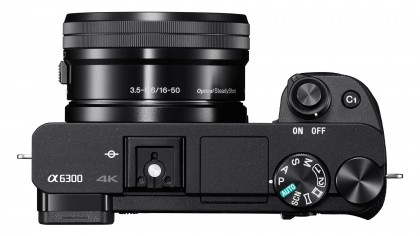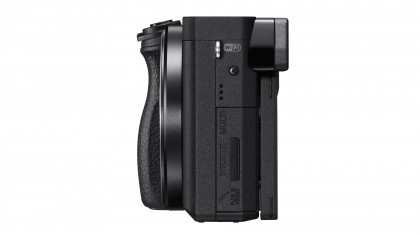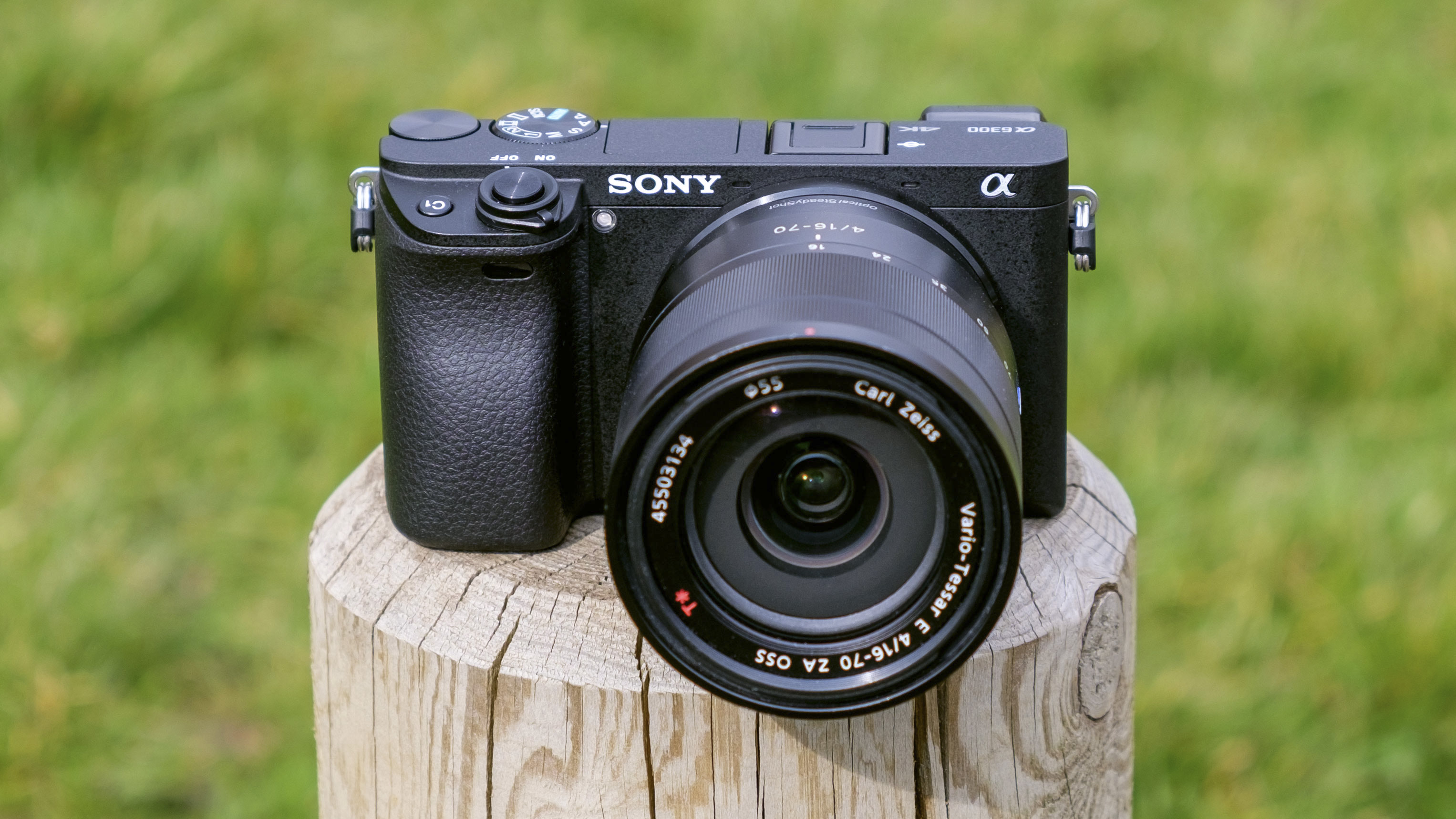Why you can trust TechRadar
The A6300 makes a positive first impression. The large, rubbered grip, combined with the body's depth and the raised edge on the thumb rest, makes it easier to handle than many similar cameras. The body also appears to strike the right balance between offering plenty of logically positioned controls without attempting to cram these onto every surface, causing you to press buttons inadvertently.
Occasionally, however, I felt the grip wasn't raised far enough from the front plate for it to always be entirely comfortable, particularly when holding the camera between shots. I found the tips of my fingers were often squashed against the front plate, and ultimately I resorted to holding the camera by the lens rather than the grip when carrying it, with my index finger on the back plate for extra security.
The top and front plates are somewhat minimal in their design, with only one button present across both (a customisable control next to the shutter release button/power switch collar). Because of this the camera is able to offer both a built-in flash and a multi-interface shoe in addition to the electronic viewfinder, together with two large dials – a command dial and another for changing the shooting mode.

The stiffness of the shooting mode dial is welcome, as most photographers won't be adjusting this with such frequency that would require it to be looser (and thus more prone to accidental turning). Likewise the stiffness of the command dial next to it, which can be used to adjust aperture, shutter speed, exposure compensation and more – which is perhaps just as well given its more exposed and easy-to-knock edges, although it would be good to see the camera more responsive to its turning, as it can take a fair few turns to get to where you want to be.
The back plate mostly follows a tried-and-tested formula, with a handful of well-marked controls and the loosely moving control wheel enabling you to navigate menus and scrutinize images with ease.
One new change is the arrival of a collar around the magnify button; this can be used in conjunction with the button to select Auto-Exposure Lock, or alternatively to quickly switch to manual focus. This works well and falls right next to the thumb, so it's great if you often find yourself fine-tuning focus.
The rear display pulls away easily, but is stiff enough to remain in the position to which it's adjusted. When extended to certain positions, however, some of the most frequently-used controls are awkward to operate, particularly the Fn and menu buttons, as well as the control wheel.

The menu system is comprehensive, with a generally good level of clarity in terms of display and language (a handful of abbreviations are used, although the majority aren't quite as cryptic as on other cameras).
But, although options are segregated into different tabs, some groups of settings overflow where they could easily be placed under one. Given that there are 27 separate screens, all appearing very similar on account of there being no colour-coding – something present on other Sony models – it can sometimes be difficult to find what you need.
One slight annoyance is the position of the movie record button, right at the edge of the rear plate. During this test, I assigned movie recording to the C1 button on the top plate to make this more convenient to press, although this can be assigned elsewhere should you already have this set to another function of your choosing.
The diopter correction wheel is also in perhaps the least convenient place possible, making adjustments while your face is to the camera unnecessarily awkward.
